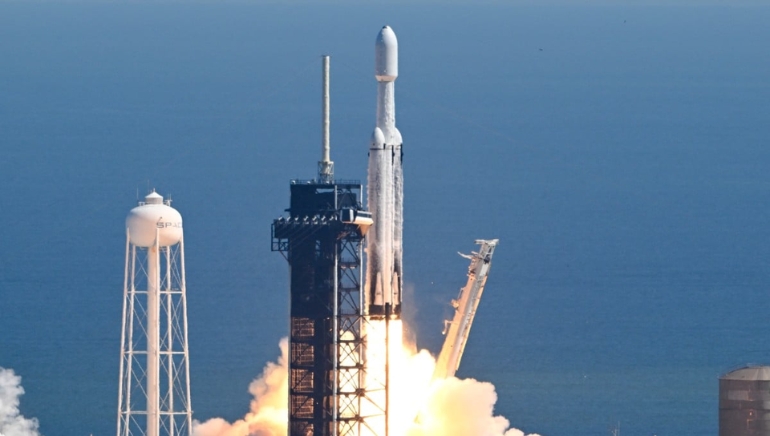NASA’s ₹43,700 crore Europa Clipper mission has taken off from the Kennedy Space Centre on a SpaceX Falcon Heavy rocket, aiming at exploring whether Jupiter’s ice moon Europa might sustain life.
The spacecraft will travel 1.8 billion miles via Mars and Earth gravity assistance, marking NASA’s first dedicated ocean world exploration beyond Earth. In 2031, it is scheduled to start conducting scientific flybys of Europa, collecting data through 49 close passes.
Europa, which is about the size of the Moon, probably has a huge ocean beneath its frozen surface. Previous expeditions, such as Galileo, suggested the existence of potentially organic molecules and salty water. In order to determine whether Europa is habitable, the nine science instruments aboard the Europa Clipper—which include thermal sensors and an ice-penetrating radar—will examine the icy shell, atmosphere, and ocean interactions.
The mission was hailed as a major milestone in the search for possibly habitable worlds by NASA Administrator Bill Nelson. NASA’s Science Mission Directorate’s Nicky Fox highlighted how Europa Clipper will expand on findings from earlier missions such as Voyager and Juno.















